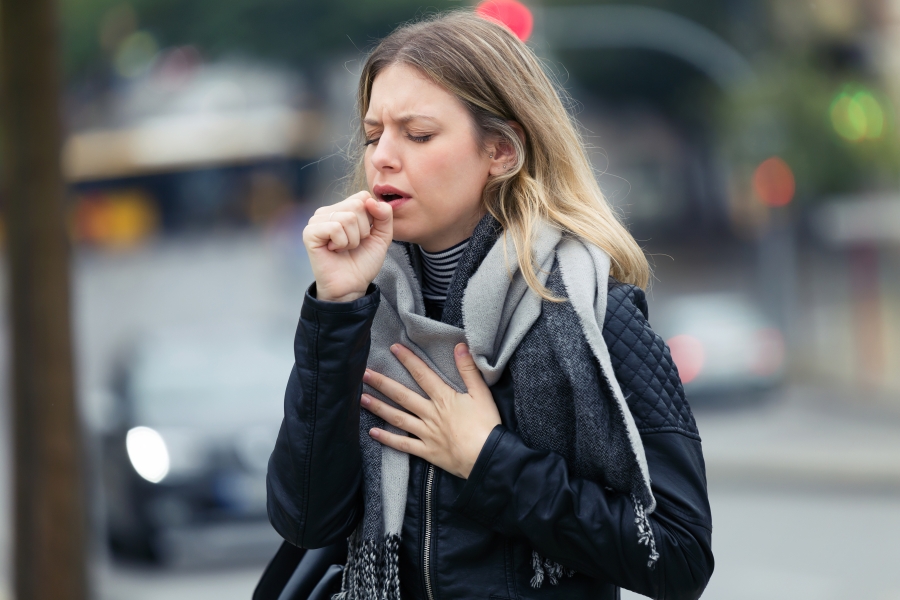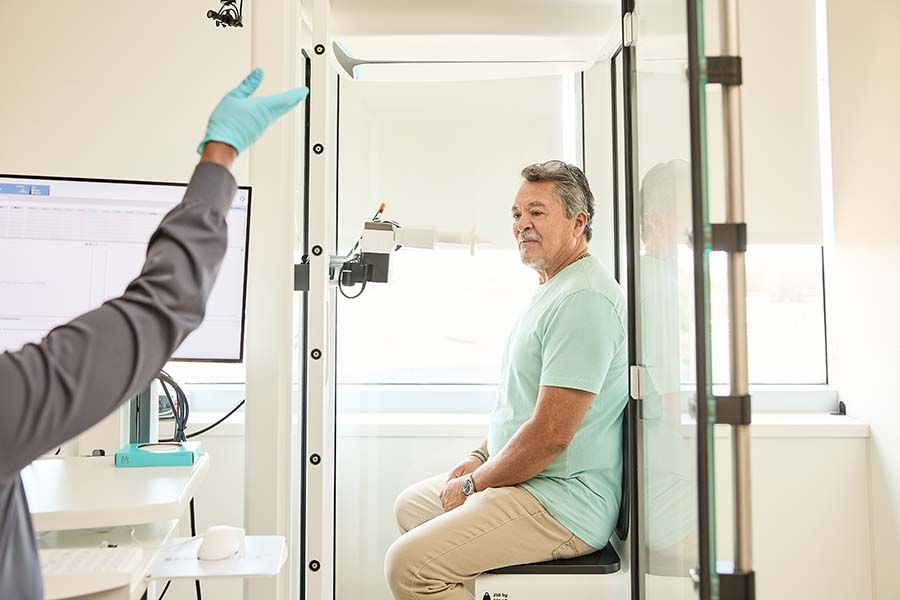 At the Temple Lung Center, we treat a variety of lung conditions, and work to help our patients keep seasonal flare-ups to a minimum. This time of year calls for extra vigilance for patients with lung diseases, due to factors such as extreme weather and routine illnesses.
At the Temple Lung Center, we treat a variety of lung conditions, and work to help our patients keep seasonal flare-ups to a minimum. This time of year calls for extra vigilance for patients with lung diseases, due to factors such as extreme weather and routine illnesses.
Lower Temperatures Can Mean Higher Risk
The cold dry air, high winds, freezing rain, and ice we see in winter can trigger symptoms for many of our patients with lung disorders. When the temperature outside falls, the risk to patients with lung disease rises. Often, that’s because cold air is drier than the warmer air of other seasons, and the airways of those with asthma, COPD, and bronchitis can become irritated more easily. As a result, lung patients may wind up watching their kids or grandkids build a snowman through a window instead of actively participating—because they’re dealing with symptoms like wheezing, coughing and shortness of breath.
“Just” a Cold? For Lung Patients, This May Not Be True
Everyone gets a cough, cold, or the flu around this time of year—it’s no big deal, right? Well, maybe it is. These illnesses can also make lung disorder patients more susceptible to an increase of symptoms. The cold weather also brings cold and flu season—and this season looks to be especially harsh. There are some simple precautions you can take to help avoid getting—or spreading—a cold, the flu, or even pneumonia.
Here are some DOs and DON’Ts to help you avoid breathing difficulties in winter:
- DO bundle up! Wear a scarf to warm the air before it enters your lungs. In addition to dry air, cold air can trigger symptoms. You can combat that by breathing in through your nose and out through your mouth. Your nose will warm up the air before it hits your lungs.
- DON’T exercise outdoors when the temperatures really fall. If that ski trip is just irresistible, though, make sure you tell someone else where you’re going to be in case of emergency.
- DO check the pollution levels in your area. Some people may not realize that air pollution can be a real problem in winter, especially in areas with a lot of wood burning. If you have asthma, for example, you’re at higher risk of developing air pollution-related symptoms.
- DO be aware of indoor lung irritants too. When you spend so much more time indoors, as people with chronic lung disorders are told to do, you may also be exposed to more indoor air pollutants. Dust and vacuum often to avoid dust mite droppings and be careful not to inhale fumes from cooking or cleaning products
- DO get your flu shot. This is a great way to seek prevention, and flu shots aren’t available only in your doctor’s office anymore—you can get one at almost any pharmacy, and even in some grocery stores!
- DO wash your hands often. It’s simple advice, but it works wonders to wipe out germs. The important thing is to do it for long enough. A good rule of thumb is to scrub your hands under warm, soapy water for about 30 seconds, or long enough to sing the "Alphabet Song" twice in your head. Using hand sanitizer is also helpful for disinfecting on-the-go.
- DON’T get close to people with colds and flu if you have any sort of chronic lung disease, such as COPD or asthma. That hug or handshake may be more dangerous than you think.
It’s not too difficult to take the necessary precautions to keep your lungs healthy and safe from Mother Nature this winter.
Reference: http://www.lung.org/about-us/media/top-stories/cold-weather-your-lungs.html

